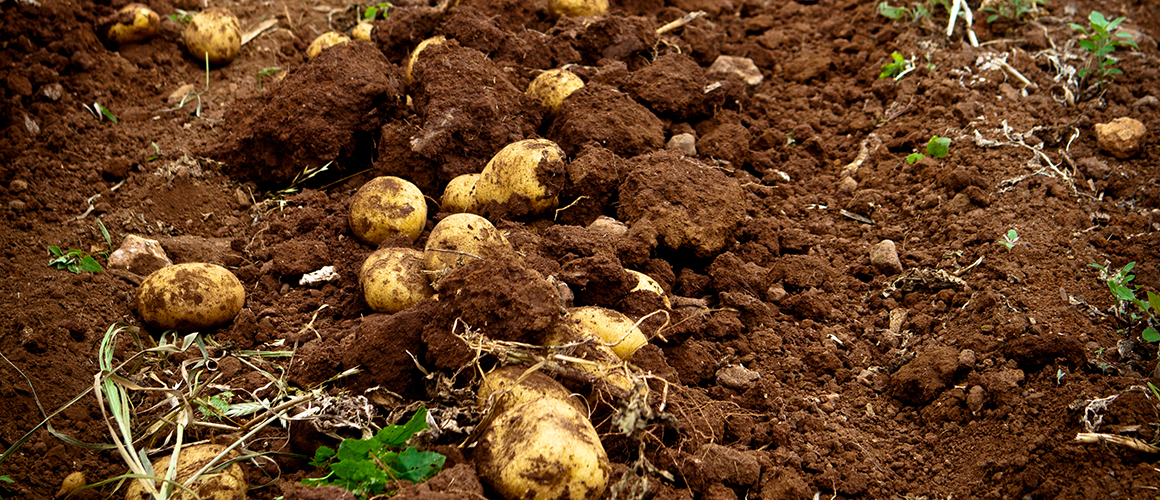Powdery scab research produces pointers for potato production
Powdery scab disease, a common affliction affecting potato crops, has long been recognised as an economically damaging blemish disease.
More recently, potato root infection by the pathogen causing powdery scab (Spongospora subterranea) has been shown to result in significant yield losses, which greatly affect the economic competitiveness of the industry. The Australian processing potato industry conservatively estimates losses of $13.4 million every year, with similar losses in the fresh market sector, and the costs from indirect on-farm and off-farm losses (like wasted input costs or reduced regional employment) greater still.
Once infection occurs, the disease progresses rapidly – so learning more about the survival and activation of soil-borne Spongospora and the overall process of root infection is vital to developing effective control options for powdery scab and reducing the economic damage this disease causes to our industry.
To help Australian potato growers better manage the risks posed by the Spongospora pathogen, a recently completed project funded through Hort Innovation has focused on the root infection phase of this pathogen’s impact on potatoes.
Delivered by the Tasmanian Institute of Agriculture at the University of Tasmania, this project aimed to:
- Provide new information and improve our fundamental understanding of the Spongaspora root infection process.
- Develop and optimise a new root pathogen detection tool to accurately measure how effective various management strategies are in delaying or reducing root infection.
- Develop new disease control options that could reduce soil-borne pathogen populations and interfere with infection processes.
- Determine other hosts of the pathogen and assess the relative abilities of important processing potato varieties to resist or tolerate root infection.
- Develop a set of integrated disease control options.
Alongside the findings of its research, this project also includes a series of recommendations for future research priorities and actions or practice changes that can immediately be adopted by industry, such as monitoring root infection and switching to resistant varieties.
This post appeared in the AUSVEG Weekly Update published 22 January 2019. Subscribe to the Update using our online form to receive the latest industry news in your inbox every week!
| PT14002 Spongospora infection of potato roots – Ecology, epidemiology and control was funded through Hort Innovation using contributions from Simplot Australia and McCain Foods Australia, plus funding from the Australian Government. |  |

